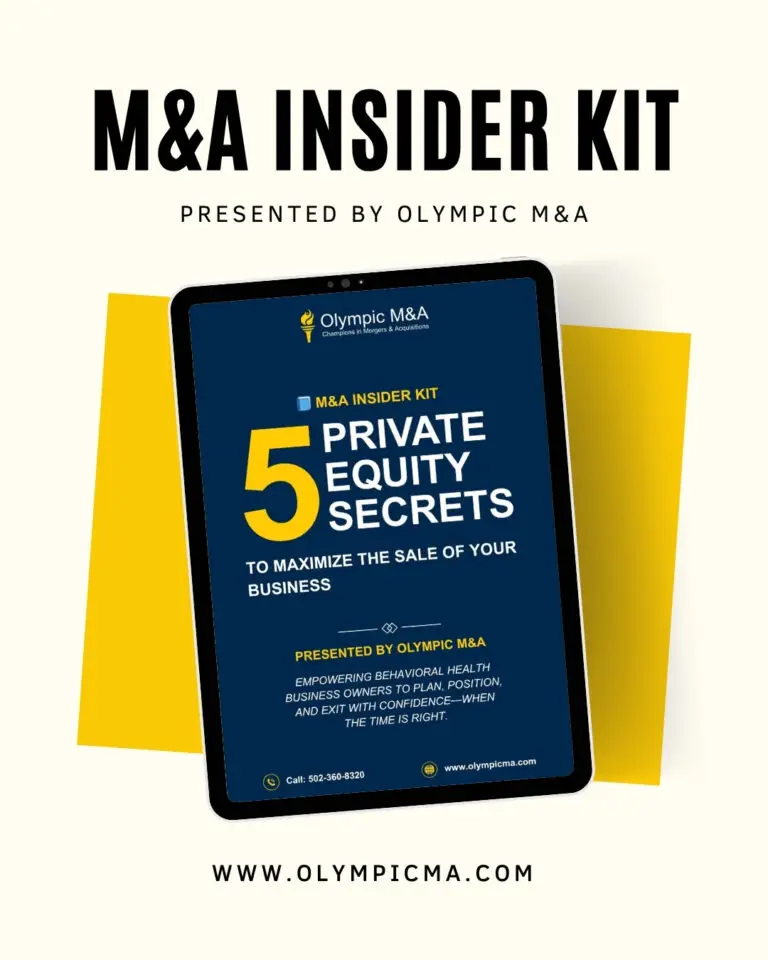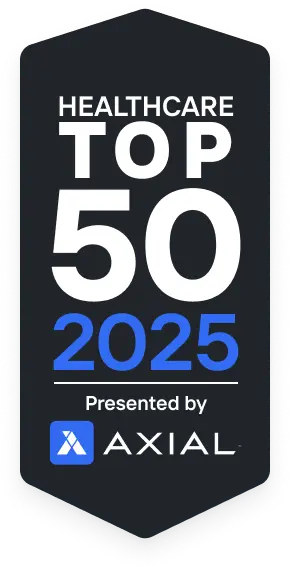Employee Assistance Programs (EAPs) have become a focal point in the behavioral health M&A landscape. As employers invest more heavily in mental health and wellness initiatives, EAPs are now viewed not as peripheral, but as central to long-term behavioral health strategy—especially by private equity-backed buyers.
If you own an EAP business, understanding today’s consolidation trends can help you better prepare, position, and plan your next move—whether you’re thinking about selling now or a few years down the road.
📘 For a deeper look at how buyers evaluate and structure deals, download our complimentary guide:“5 Private Equity Secrets: How to Maximize the Sale of Your Behavioral Health Business.”
Market Trends
Workplace mental health continues to dominate the national conversation, with employers under pressure to offer more than surface-level benefits. EAPs have emerged as a critical access point for early intervention and referral into broader behavioral health services.
Private equity firms—many of which already own therapy and psychiatry platforms—are targeting EAPs as strategic add-ons to enhance employer contracts, expand referral pipelines, and diversify revenue streams.
EAP deal flow has steadily increased in 2024 and early 2025, particularly among buyers already active in outpatient care. The best-positioned firms are seeing competitive offers and quick timelines.
Valuation Shifts
Historically, EAPs were valued using revenue multiples—typically 1.0x to 1.4x revenue. That’s now shifting. Today’s buyers use earnings-based models (EBITDA), with current add-on transactions often falling between 5.0x and 7.5x EBITDA.
Valuation depends on factors like:
- Size and scalability
- EBITDA margins
- Employer contract renewal rates
- In-house infrastructure
- Owner’s future involvement
Sellers with clean financials and transferable operations tend to receive the strongest offers.
What Buyers Want
From our direct conversations and closed transactions, here’s what acquirers prioritize:
- Multi-year employer contracts with low churn
- High service utilization and employer retention
- Accrual-based financials with strong EBITDA visibility
- Operational infrastructure beyond the founder
- Alignment with existing tech and clinical workflows
- Outcome tracking or client satisfaction metrics
EAPs that demonstrate both clinical and administrative maturity are especially attractive.
Deal Structure & Timelines
Nearly all recent transactions are bolt-on acquisitions to existing behavioral health platforms. These add-ons are appealing for buyers looking to scale quickly without building new service lines from scratch.
- Cash at close remains strong, with some use of earnouts or seller notes
- LOI to closing timelines range from 45–90 days for organized sellers
- Buyers prefer clean legal, financial, and operational documentation upfront
Final Thoughts
EAPs are no longer overlooked. The current wave of consolidation creates a real opportunity for owners who plan ahead. Whether you’re looking to exit in the near future or just exploring options, understanding buyer priorities can help you secure a better outcome. To learn more about preparing your EAP business for sale and navigating private equity transactions, download our free “5 Private Equity Secrets”guide [here]. For a confidential conversation about your options, contact Tony Siebel at 502.360.8320 or email tonys@olympicma.com. Connect with Tony on LinkedIn at linkedin.com/in/tonysiebel









